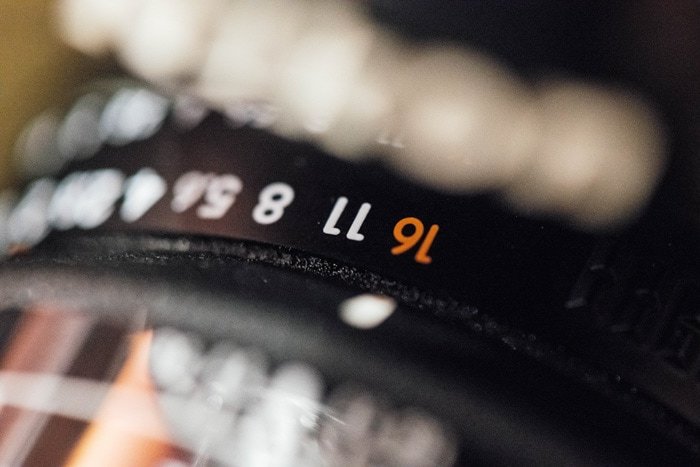
#F STOP IN PHOTOGRAPHY FULL#
Check out the video above for the full rundown from Morrow and his site for an in-depth article on the topic from him.Īnd if you would like to learn more about landscape photography, be sure to check out " Photographing The World 1: Landscape Photography and Post-Processing with Elia Locardi. On a 100mm lens, f/4 would measure 25mm or about an inch. f-stops Ambassador Dom Daher tells about surfing in Switzerland (really), as part of f-stop 15. For instance, an f-stop of f/4 means 1/4th or 25 percent of the lens is open. Packs, Bags, and Gear for Adventure Photography. They represent a fraction of your aperture opening. Rather, if you need more depth of field, consider using the hyperfocal distance of your lens or creating a focus stack if you really need need maximum sharpness across the entire image. They are derived from your lens’ focal length divided by the diameter of your aperture. It is calibrated in f/stops and is generally. The size of the opening in the camera lens helps control the exposure or amount of light. Aperture refers to the opening of a lenss diaphragm through which light passes. It is important not to stop down too far, though (generally past f/11 or f/16), as you will start to run into issues with diffraction and will start losing sharpness. Aperture refers to the adjustable opening in a camera lens diaphragm.


For example, in the chart above f/1.4 is quite wide open (a ‘wide’ aperture), while f/16 is little more than a pinhole (a ‘narrow’ aperture). The wider the aperture the opening in the lens the smaller the f-number. In a lens with a focal length of 100mm, the aperture would be 50mm (100/50 2) in a lens with a focal length of 200mm, the aperture. So, an f-stop of 2 (f/2) means the lens aperture is half the focal length.

Coming to you from Dave Morrow, this great video tutorial discusses choosing the sharpest f-stop setting for landscape images. Most lenses tend to reach their maximum sharpness somewhere around three or four stops beyond their widest aperture, normally somewhere around f/8 or so thus, it is generally good to stop down a bit, especially since you will normally want more depth of field anyway. F-stops (also referred to as f-numbers) refer to how open or closed the opening in your lens is. The f-stop is the ratio of the focal length of a lens to the lens aperture (the hole through which the light enters).


 0 kommentar(er)
0 kommentar(er)
